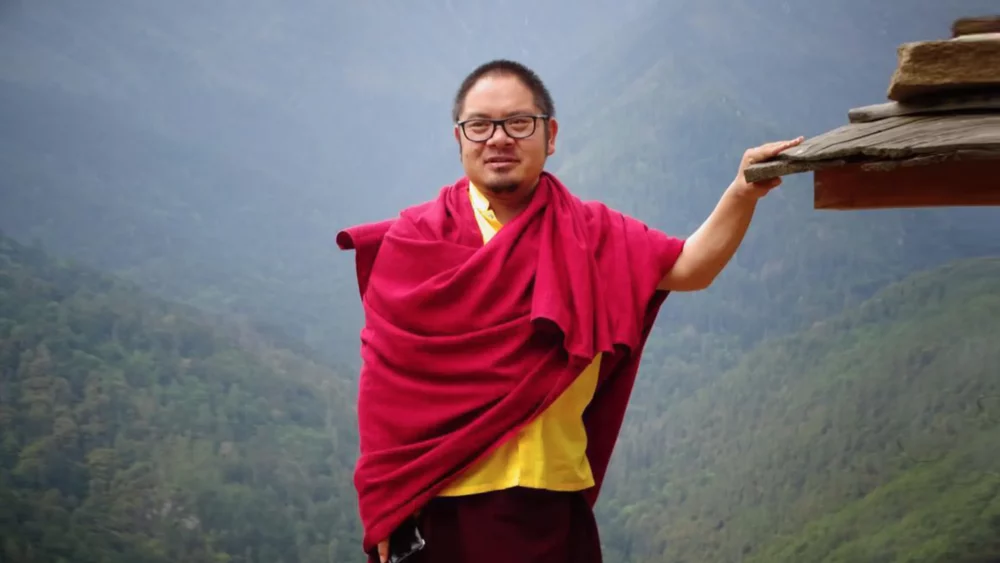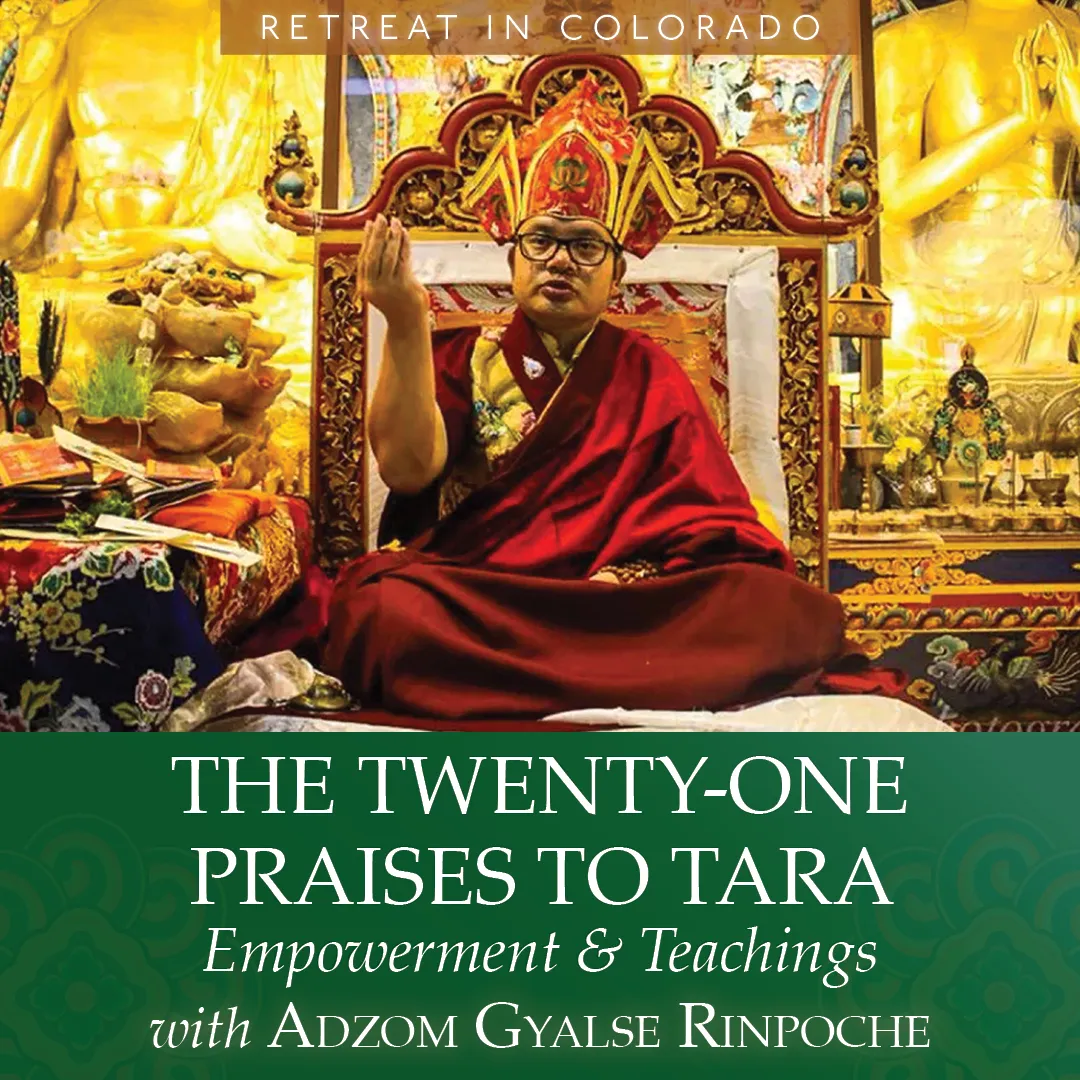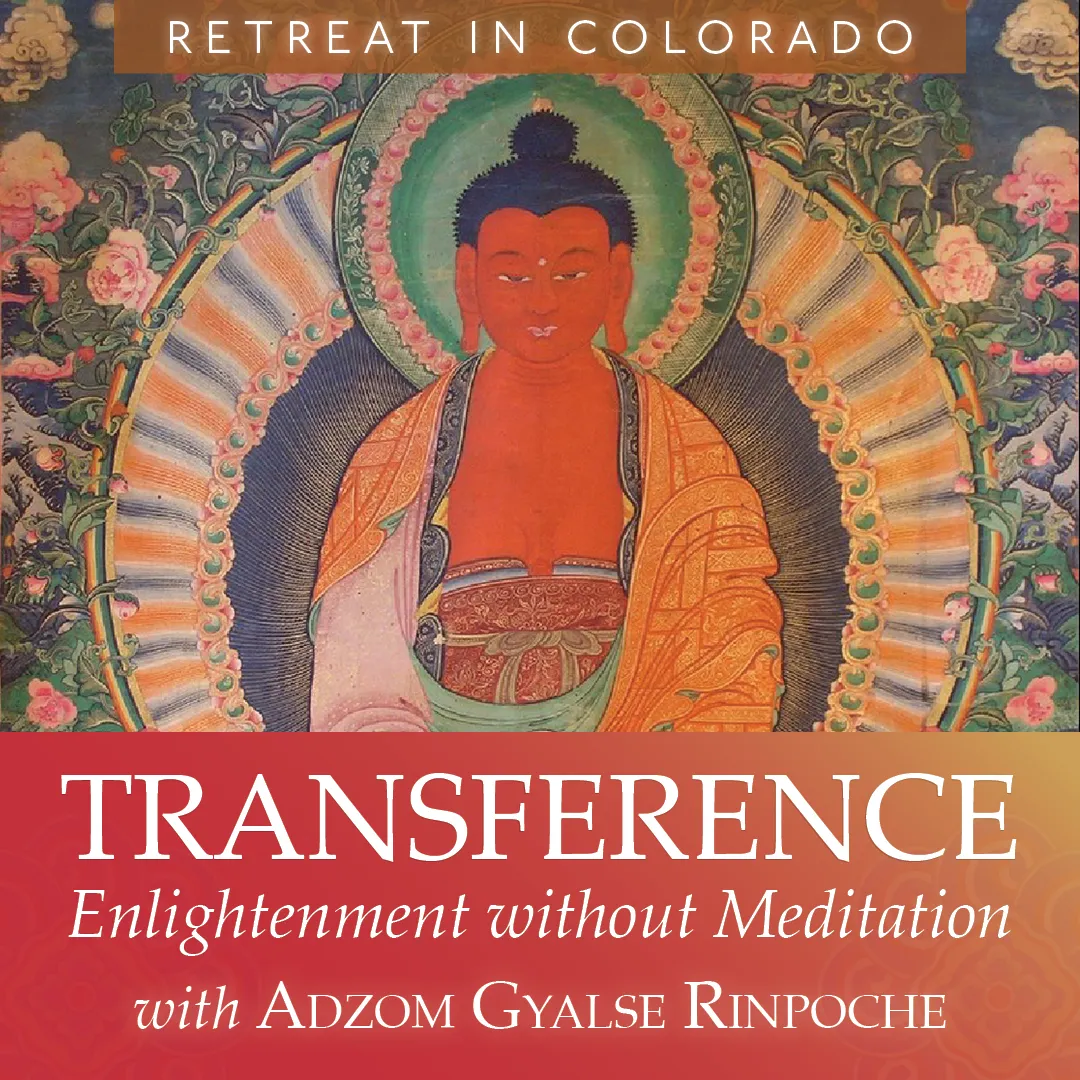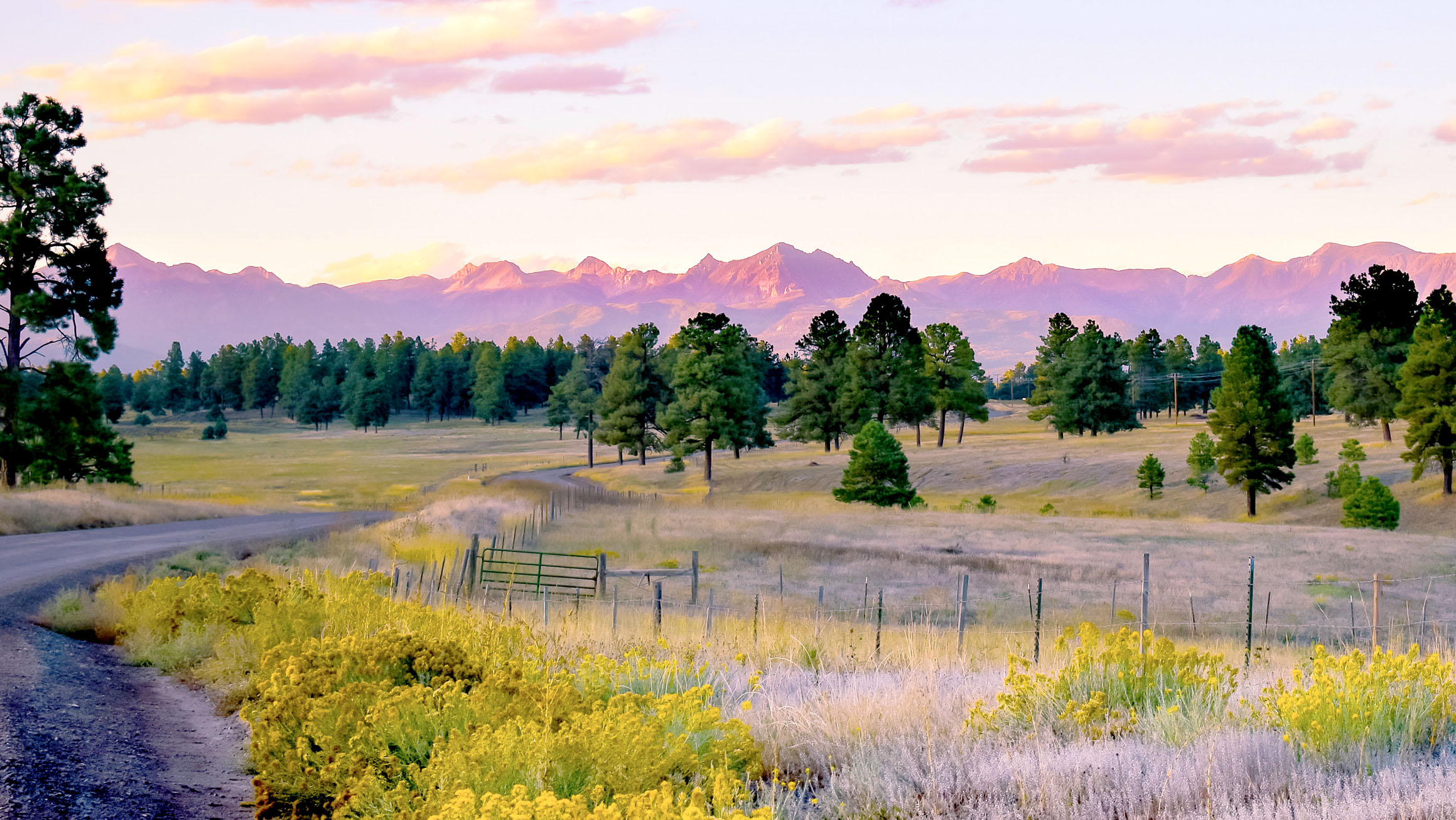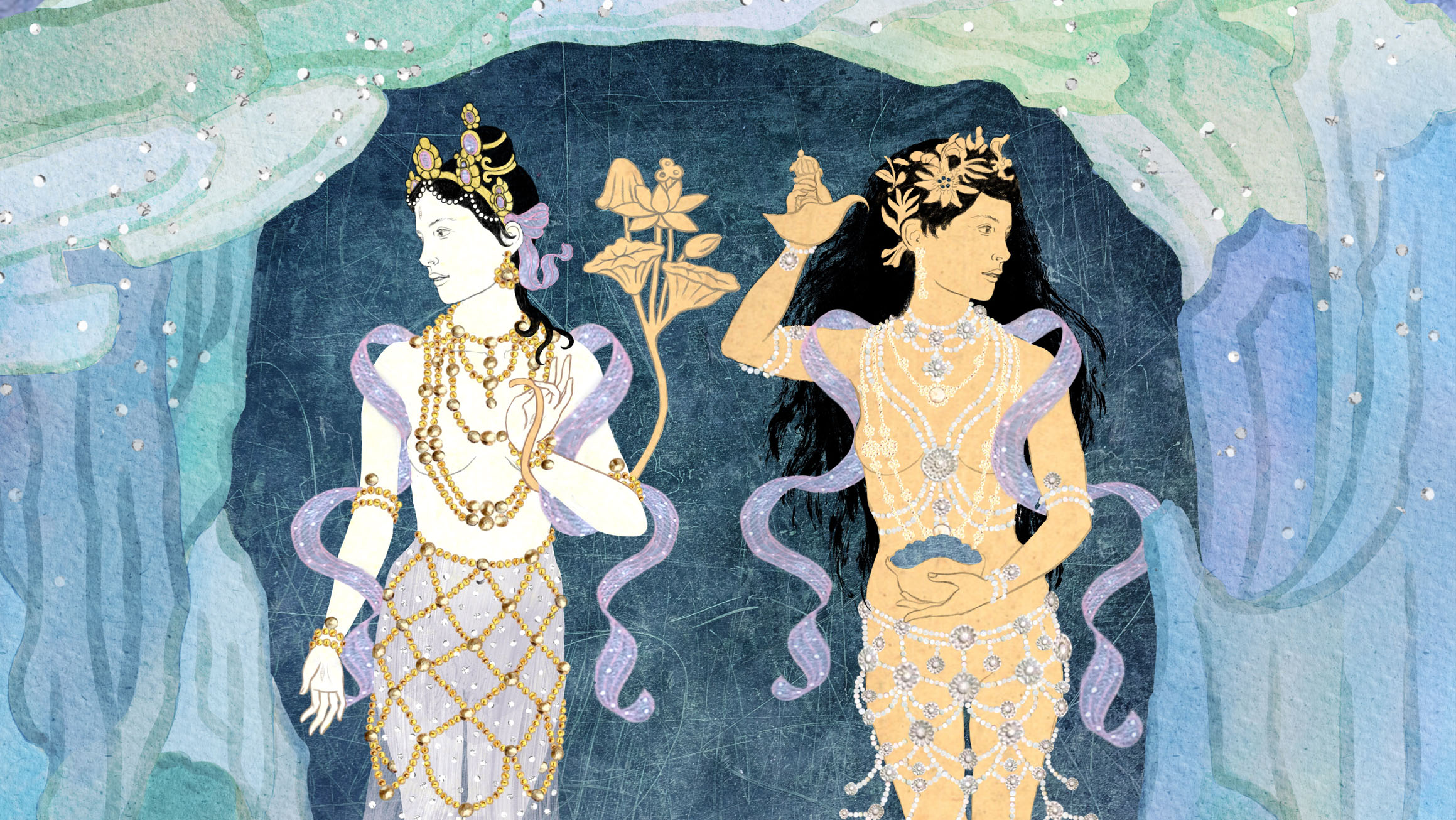In celebration of our upcoming onsite retreats in Colorado with Adzom Gyalse Rinpoche, we share this special “Teacher Spotlight” blog post, detailing the history and lineage of Adzom Gyalse Rinpoche.
Adzom Gyalse Tulku Rinpoche is a Master of the Old Tradition (Nyingma) of Tibetan or Himalayan Buddhism, born in December of 1980 in a region of central Bhutan, and since he was eight years old, resides mainly at Shechen Monastery – Nepal, working along with his main teachers HH Dilgo Khyentse Yangsi Rinpoche and HE Shechen Rabjam Rinpoche as a guide for the different activities of the Sangha, as well as a teacher in the Philosophical College (Shedra) of the monastery.
Adzom Gyalse Rinpoche is the reincarnation of Adzom Gyalse Gyurme Dorje (1895-1969) — the third son and student of Adzom Drukpa. When he passed away in 1969, there was a display of many miraculous signs, and he left a letter predicting the date and place of his future rebirth and the names of his future parents. In accordance with this letter, Dilgo Khyentse Rinpoche recognised a child born in Bhutan in 1980 as the reincarnation of Adzom Gyalse Gyurme Dorje. This is Adzom Gyalse Rinpoche.
History
A legend explains the origin of the Adzom name: the family, apparently of Mongolian ancestry, traced its lineage back to Tashi Bum, a minister of Sonam Norbu, the ruler of Yonru in Amdo, during the era of the Third Dalai Lama Sonam Gyatso (1543-1588). A member of the family, Lama Sanggye Tashi, had five brothers all called Tashi; the five Tashis were each identified as incarnated lamas. A servant named Khage said of this, “A tser-mo! (Wonderful!) All five boys are Tashi and all of them are lamas!” He further said, “Adzompo” (What a fortunate occurrence!). Following that, a newly established residence was called “Adzom Labrang” and its lamas and successors were known by the title of “Adzom”.
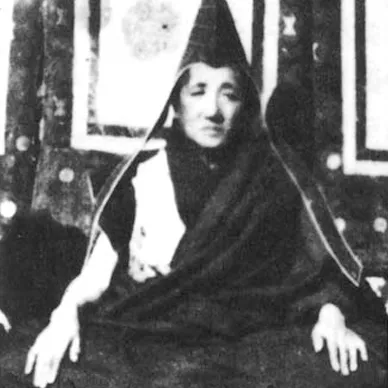
Photo: Adzom Gyalse Gyurme Dorje (1895-1969) (Rigpa Wiki)
Gyalse means, “Son of the Victorious Ones (Bodhisattva)” or “Son of the King (Prince)”; and Gyurme Dorje, “Unchanging Vajra”, this last part of the name was given due to he was recognized, in his previous life, as an emanation of the Tertön Terdag Lingpa Gyurme Dorje by Adzom Drukpa Pawo Dorje (Tertön and realized Master, as well as his father) and Jamgön Kongtrul the Great.
Lineage
The logo of Adzom Gyalse Gyurme Thegchok Dorje is a combination of the Nyingma Tradition logo and various important symbols of Buddhism, which can explain the lineage, spiritual history and background of Adzom Gyalse Tulku Rinpoche
First, the meaning of the Nyingma Tradition logo:
• Lotus, symbolizes Guru Padmasambhava, The Lotus-Born.
• Book (Pecha), is Khenpo Bodhisattva, Shantarakshita.
• Sword, represents the Dharma King Trisong Deutsen, who was an emanation of Manjushri.
• Birds of two Heads, symbolize Vairotsana and Kamalashila, Kawa Peltseg and Chogro Lui Gyaltsen.
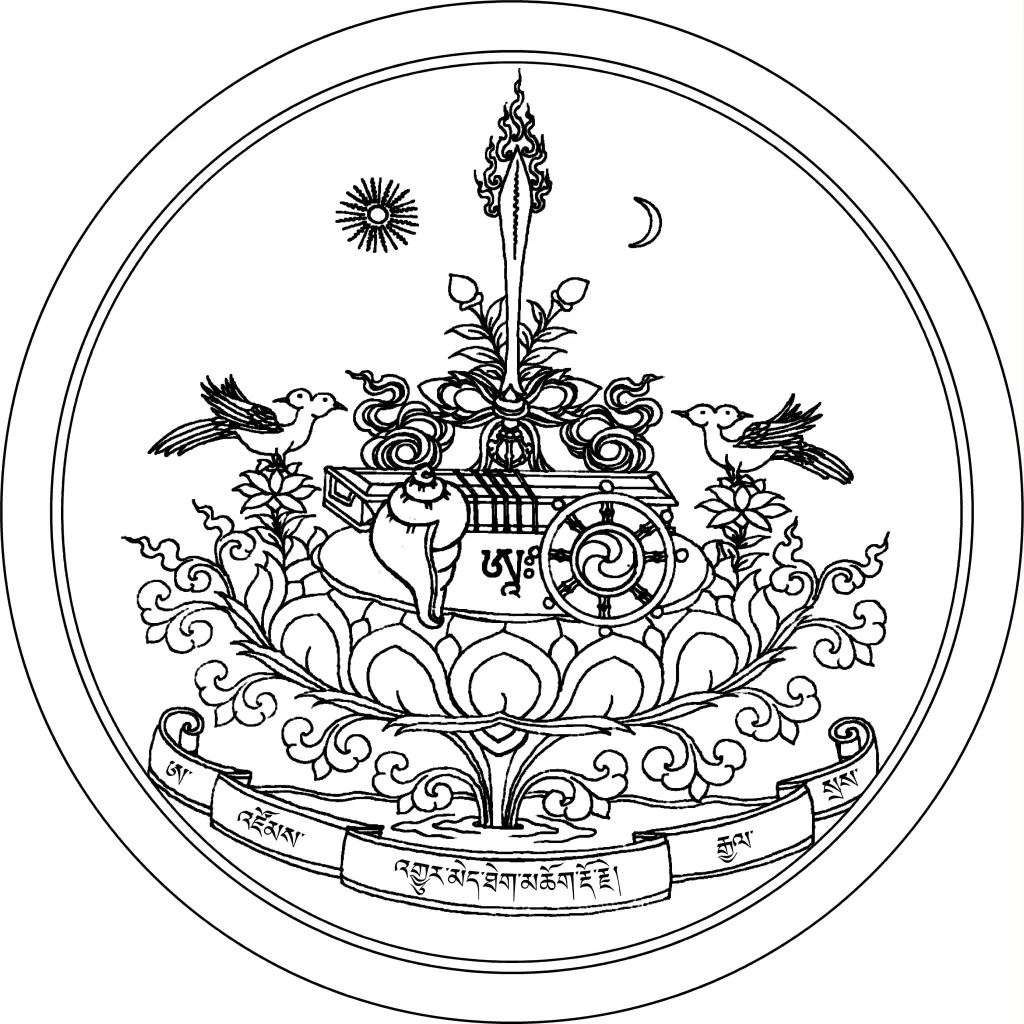
Then, the symbols that represent the aspects of Buddhism:
• Sun and Moon mean the Sutra and Tantra, respectively.
• Wheel and Conch Shell, are the offerings that Brahma, who appeared with a thousand-spoked golden wheel, requesting Buddha Shakyamuni to turn the teaching wheel of the dharma. The god Indra appeared next, presenting a white, right-spiralling conch shell as a symbol of the proclamation of the dharma.
• Letter A, represent the Perfection of Wisdom or Emptiness, also in the Dzogchen teachings means the Vital Essence (Nyingthig).
Now, bringing this into the context of the lineage and spiritual history of Adzom Gyalse Tulku Rinpoche, the symbols can be understood as follows:
• Nyingma Tradition Logo, tells us that his main lineage of practice is the Great Perfection or Dzogchen and also he is a holder of all aspects of this Tradition, such as the transmissions of kahma, terma and pure visions.
• Sun and Moon represent that he holds and has accomplished both, Sutra and Tantra.
• Conch Shell is Tashi Dungkar Khyil, the Auspicious Spiraling Conch Shell, popularly known as the Adzom Chögar, the Dharma Encampment of Adzom, and there was the place where, in his previous life, he made turn specially the Dharma-Wheel of the Vital Essence teachings (Nyingthig) – represented by the Letter A – such as he does actually.
The Lineage of Practice
Although Adzom Drukpa Dodrül Pawo Dorje held so many important lineages of practice, the main ones that comprise his transmited lineage were:
• Longchen Nyingthig, in which he was one of the most important masters and an essential link in the Nyingthig’s Oral-Transmission of the Yeshe Lama and Tsa-Lung, he also received visions of Rigdzin Jigme Lingpa and Yeshe Tsogyal, whereby he was taught directly, adding thus to this lineage important commentaries and instructions,
• Chetsun Nyingthig, as Adzom Drukpa himself said , “The great Tertön [Ösel Trulpai Dorje – Jamyang Khyentse Wangpo], who is Vajradhara himself, personally encouraged me to be the custodian of these teachings and bestowed on me the name Rigdzin Natsok Rangdrol…”
• And after taking up the life style of a Tertön [Garwang Zhadpa Tsel], he became an inheritor of hidden-treasure and prolific author, gathering all his teaching cycles of treasure revelations under the Ösal Dorje Sangdzö Kor (Collection of Secret Treasures of Vajra Luminosity)
To read Adzom Gyalse Rinpoche’s bio on the Tara Mandala webpage, click here »
Adzom Gyalse Rinpoche will be offering these two onsite retreats in Colorado this September:
The Twenty-one Praises to Tara: Empowerment and Teachings
Retreat in Colorado • September 11 – 15
Empowerment (Tib. wang), hearing transmission (Tib. lung) and instructions (Tib. tri) on the Twenty-one Praises to Tara (Palden Atisha tradition) from The Compendium of Sādhanas: A Wish-Granting Well of Precious Attainments. This is a unique opportunity to receive this empowerment and learn a practice that will add a deeper understanding of the special qualities of each of the Twenty-One Taras. Each Tara has very specific capacities for situations we face, both personally and collectively. The simplicity of this practice makes it suitable for anyone, especially those limited by time constraints. This means that the profound realizations, powerful activities and devotional aspects of Tara are accessible to everyone … Read more »
Transference: Enlightenment without Meditation
Retreat in Colorado • September 16 – 22
The ability to transfer consciousness into an exalted state at the moment of death allows us to live without the fear of dying. Through P’howa, death becomes an opportunity for liberation instead of a mere severance from what we have known and loved in life. It assures us that we won’t die in a state of spiritual uncertainty and drift helplessly after death. This P’howa practice is from the Longchen Nyingthig terma cycle, and it is a practice that is done for ourselves and others at the time of death … Read more »
All of the information above has been re-published here from the website of Adzom Gyalse Tulku Rinpoche, and Rigpa Wiki

